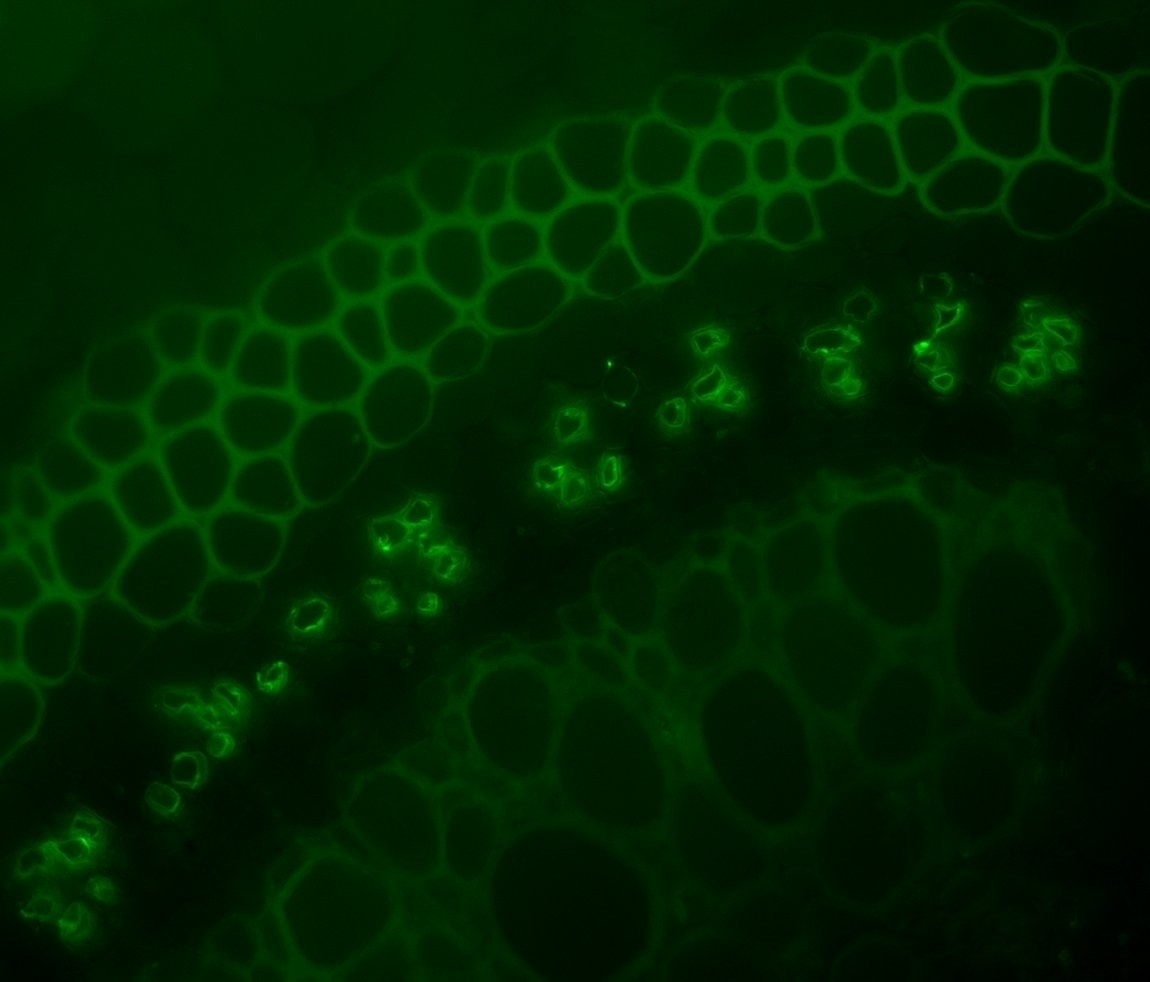The Intersection of Form and Function

I am a plant anatomist and physiologist interested in integrating classical anatomical techniques with current state of the art physiological techniques to address questions that arise at the intersection of form and function. My research program is multidisciplinary, incorporating field research, engineering, and physical approaches in addition to classical plant anatomy and physiology.
Current Projects
Does drought season affect carbon transport in crop plants?
As climate change results in more frequent and severe drought, water management of crop trees will become increasingly important. To better understand whether droughts at different times of the year can be managed more effectively, I am conducting experiments on three crop and timber species (Prunus, Populus, Quercus), to better understand whether carbon transport and photosynthetic ability are differently affected after droughts at different times of the year (spring, summer, fall). Concurrent with this project, I am also investigating the anatomical differences of Citrus phloem in the fruiting stems versus foliar stems in healthy plants and those resistant to citrus greening disease. This Citrus work is being conducted in collaboration with Christopher Vincent’s lab at the University of Florida Citrus Research and Education Center. I am conducing this postdoctoral work at the University of Minnnesota Duluth, funded by a USDA AFRI Postdoctoral Fellowship. I’m hosted in the lab of Jessica Savage.
Relevant Publications: Ray, D.M. and J.A. Savage 2021. Seasonal changes in temperate woody plant phloem anatomy and physiology: Implications for long-distance transport. AOB Plants
Ray, D.M. and J.A. Savage. 2020. Immunodetection of cell wall pectin galactan opens up new avenues for phloem research. Plant Physiology. doi: https://doi.org/10.1104/pp.20.00283.
How do petioles limit or enhance the ability of leaves to move water and sugar?
Petioles perform two vital services to the plant. First, the petiole extends the leaf blade out from the stem and supports it at an angle that optimizes light interception. Second, the petiole connects the leaf blade to the stem, allowing bidirectional transport of carbon (from leaf blade to stem) and water (from roots to leaf blade). These two services are not necessarily complimentary. The need to accomodate the leaf mechanically, may limit space within the petiole cross section resulting in limits to the flux of carbon and water through the petiole. Further, the path through the petiole is not linear, consisting of many anastamoses as evidenced by both serial sections and microCT. This question was central to my dissertation research and I have continued to investigate petioles in my postdoctoral work.
Update Spring 2022 I’ve recieved a Sinnott Award from the Arnold Arboretum at Harvard University funding a study of petiole vascular arrangements and their impact on leaf physiology!
Relevant Publications: Ray, D.M. and C.S. Jones. 2018. Scaling relationships and vessel packing in petioles. American Journal of Botany 105:1-10. doi: 10.1002/ajb2.1054.